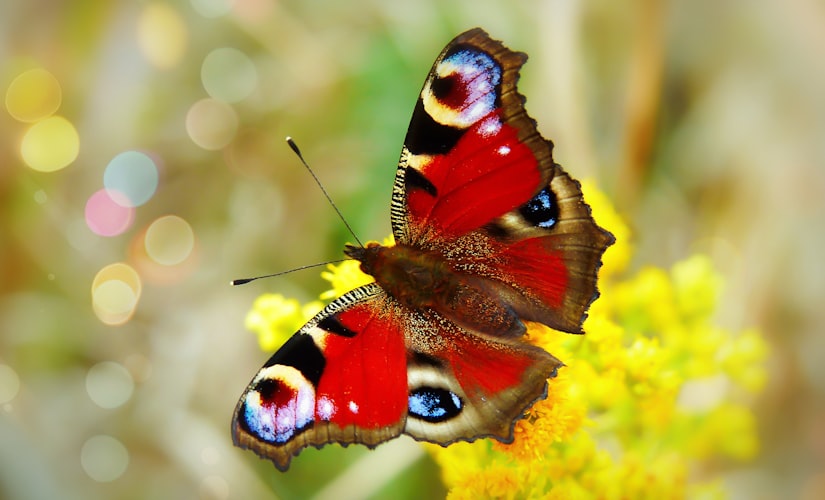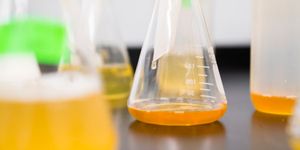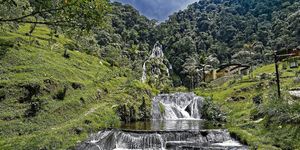Nature-Inspired Nanotech
Wouldn’t it be nice to have natural-looking images from digital displays? Apparently, yes!
A study at the University of Central Florida has taken nature's nanotech to portray the beautiful colors of a butterfly’s wings.
"This display is more of a natural look than your current computer or smartphone screens," said Debashis Chanda, an associate professor in UCF's NanoScience Technology Center and principal investigator of the research. "It is like seeing a portrait on the wall at your house. It doesn't have that glare or extra light. It is more like looking at the natural world."
The ultra-high definition of the technology makes it easy on the eyes by using digital displays that are well lit by surrounding light giving it a more natural appearance.
"It'll be a step up for people to get used to it," he said. "But this is a way to create displays that are harmonious with how nature displays color and as a result look more natural and don't pump out a huge quantity of light into your eyes."
Findings were published in the journal Proceedings of the National Academy of Sciences and describes how the new technology counteracts current technologies that rely on energy-intensive bright lights stationed behind a screen. For example, current technologies (such as our TV screens) rely on liquid crystal displays (LCD), watch the video below to learn more:
https://www.youtube.com/watch?v=VbdhbyiHX-s
"If we see butterflies, octopuses or many beautiful birds, their color actually originates from nanoscale structures on their feathers, skin or scales," Chanda said. "The protein molecule, the base element, they don't have their own color but when you put them together in an orderly, controlled fashion, it creates all kinds of color. What the butterfly does is simply scatter light back in a way that it creates all this beautiful color without absorbing anything."
Source: Science Daily









